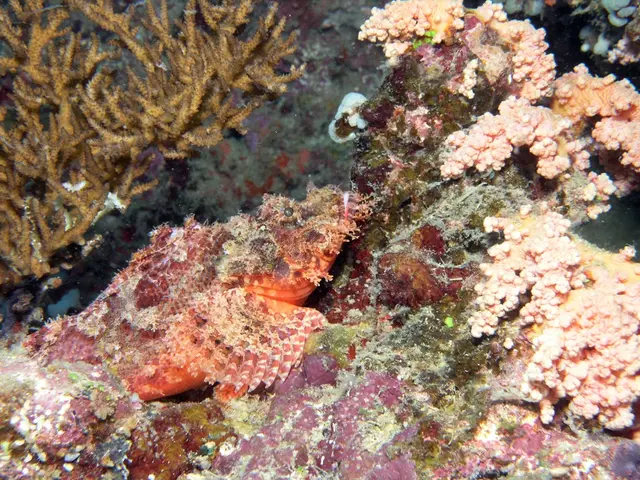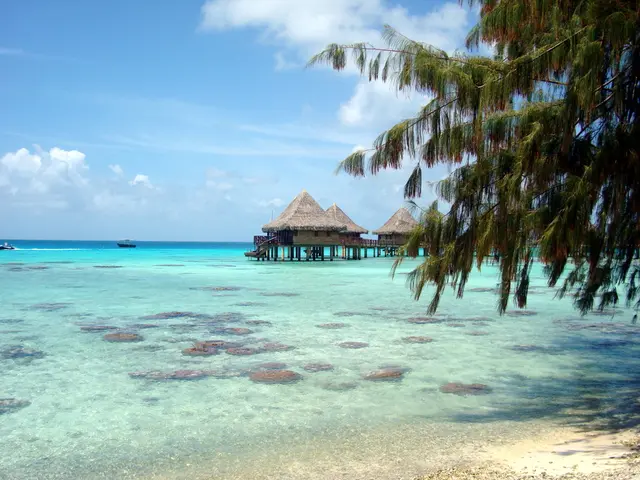USCG's Polar Star Battles Arctic Winter's Harshest Conditions
The United States Coast Guard's cutter Polar Star faced extraordinary challenges during its Arctic West Winter Patrol from December 2020 to February 2021. J Crew members shared their experiences of operating in the harshest conditions imaginable.
Exhaustion was rife among crew members due to relentless winter conditions. Snowfall, hurricane-force winds, and sub-zero temperatures took a toll. Navigation and watch-keeping were already demanding, but ice-choked waters amplified the risks.
Visibility was severely restricted, even with powerful floodlights. Night-vision goggles (NVGs) and radar offered some help, but their effectiveness was limited in the ice. Icebreaking in near darkness required heightened awareness from the crew. One wrong move could cause crippling damage to the cutter's rudder and screws.
Above 66 degrees, 33 minutes north latitude, the sun remained below the horizon for weeks. Distinguishing ice features in the extreme darkness was nearly impossible. The constant screeching of ice along the hull below the waterline added to sleep deprivation, further compounding the crew's struggles.
The Arctic winter presents unique challenges as the US surges forces to meet emerging mission demands in the region. The Polar Star's crew demonstrated remarkable resilience and skill in navigating these harsh conditions. Their experiences highlight the need for specialized training and equipment to ensure safe operations in the Arctic.








